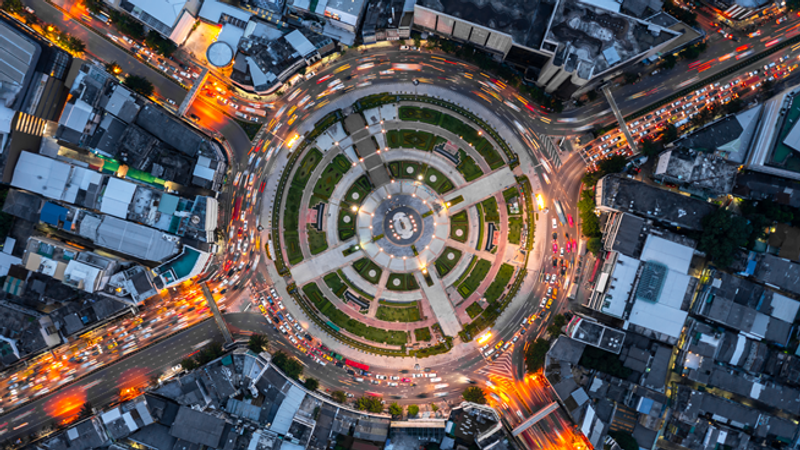| Timeline | From May 2012 to 1 May 2017 |
|---|---|
| Theme | Urban Futures |
| Countries | Tanzania |
| Funded by | NWO / WOTRO |
The SEMA project is based on what is called a human sensor web: a combination of social media, mobile networks and spatial applications that will give ordinary citizens the opportunity to report on the quality and functioning of public services. In the SEMA project the application focused on public water services and health care and allows ordinary citizens to directly influence public service delivery.
The human sensor web is a communication network of spatial and other web-based applications, google maps, new media and normal people with their mobile phones (the “human sensors”). The applications provide access to public service locations, such as water boards and healthcare. If the level of service is below standard, ordinary citizens can issue a complaint using their mobile phone. The caller goes through a digital menu, after which the application displays the complaint as an icon on the map, at the place where the public service is located. It is now visible to everyone when a supplier is in default. The icon remains visible until the problem has been solved.
The project focused on a number of research themes
A number of hackathons were organized to let people work out workable solutions to a number of challenges they had to face. Outcomes were shared and formalized during workshops. Part of the project work concentrated on 4 research themes to integrate knowledge from different disciplines relating to water and sanitation and public health, and then specifically on the interaction between technical disciplines and applications. The project is one of the activities of ITC that contribute to the Sustainable Development Goals



